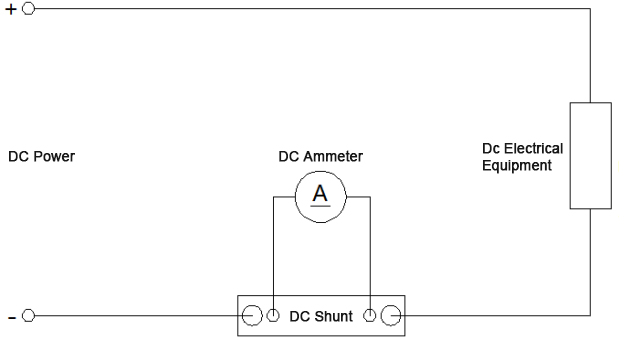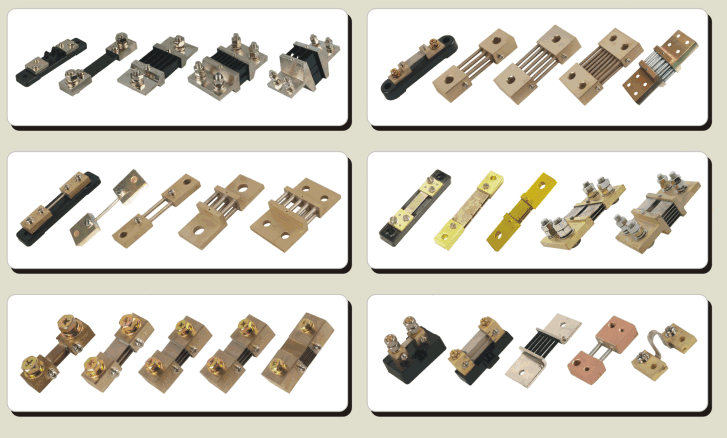As for gas analyzer types, there are many types of gas analyzers based on different classifications such as their application, portability, gas type, and detection method.
Gas Analyzer Types by Application

Different industrial applications require specific gas analyzers designed to meet unique operational demands. Some of the most common application-based types include:
Power Generation and Hydrogen Purity Analyzers
In power plants, hydrogen is often used as a cooling medium for generators. Monitoring hydrogen purity is crucial to ensure efficient operation and prevent explosive risks. Hydrogen purity analyzers are designed to maintain the correct hydrogen-to-air ratio, ensuring that power generation systems remain safe and efficient.
Process Gas Analyzers
Process gas analyzers are used in industries like chemical manufacturing, oil and gas, and pharmaceuticals to monitor and control gases involved in various production processes. They measure concentrations of gases such as oxygen, carbon dioxide, and volatile organic compounds (VOCs), ensuring product quality and optimizing processes.
Steel-Making Analyzers
Steel production relies on precise control of gases like oxygen and carbon monoxide in blast furnaces and other stages of the process. Steel-making analyzers are designed to monitor these gases in real-time, improving operational efficiency and product quality.
Syngas Analyzers
Syngas analyzers are critical in industries that produce or use synthesis gas, such as petrochemical plants or biomass energy production. These analyzers measure components like hydrogen, carbon monoxide, and methane to optimize the syngas production process and ensure efficient fuel conversion.
Other Energy-Intensive and Remote Location Analyzers
In energy-intensive industries, such as oil refining or chemical processing, or remote locations like offshore platforms, specialized analyzers are used to monitor gas compositions under extreme conditions, ensuring safe and efficient operations even in harsh environments.
Gas Analyzer Types by Portability
Portability is a key consideration in choosing gas analyzers, depending on the application and monitoring requirements.
Portable Gas Analyzers

Portable gas analyzers are lightweight, easy-to-carry devices designed for field applications. They allow operators to perform spot checks or short-term monitoring of gas concentrations in environments such as industrial sites, confined spaces, and hazardous locations.
Flue Gas Analyzers
Flue gas analyzers are typically used to monitor emissions from combustion sources such as boilers, furnaces, and engines. These analyzers help ensure compliance with environmental regulations by measuring concentrations of gases like carbon monoxide (CO), carbon dioxide (CO₂), oxygen (O₂), and nitrogen oxides (NOx).
Hazardous Area Analyzers
Hazardous area analyzers are specially designed to operate in explosive or flammable environments, such as oil refineries or chemical plants. These devices are built with explosion-proof enclosures and can safely monitor gases in areas where standard analyzers cannot be used.
Continuous Gas Analyzers
For long-term or real-time monitoring, continuous gas analyzers are used to provide ongoing measurements of gas concentrations in industrial processes. These analyzers are commonly installed in fixed locations and offer automatic data collection for process optimization and regulatory compliance.
Gas Analyzer Types by Gas Type

Gas analyzers are often categorized by the specific gases they are designed to detect and measure. Some common gas types include:
Oxygen Analyzers
Oxygen analyzers measure O₂ levels in various industrial processes, such as combustion control, environmental monitoring, and medical applications.
Carbon Monoxide Analyzers
Used primarily for safety and environmental monitoring, carbon monoxide (CO) analyzers detect CO levels in emissions, ensuring compliance with air quality regulations and preventing toxic exposure.
Carbon Dioxide Analyzers

CO₂ analyzers are used in applications ranging from environmental monitoring and HVAC systems to fermentation processes in the food and beverage industry.
Methane Analyzers
Methane (CH₄) is a potent greenhouse gas and is commonly measured in oil and gas industries, landfills, and biogas plants using methane analyzers to monitor emissions and optimize processes.
Hydrocarbon Analyzers
Hydrocarbons are crucial components in many industrial processes. Hydrocarbon analyzers are used in oil refineries, petrochemical plants, and combustion analysis to measure volatile organic compounds (VOCs).
Hydrogen Analyzers
Hydrogen analyzers monitor hydrogen concentrations in industries such as power generation, chemical production, and fuel cell technology.
Nitrogen Oxide Analyzers
Nitrogen oxide (NOx) analyzers measure nitrogen dioxide (NO₂) and nitric oxide (NO) levels, commonly used in environmental monitoring and emission control in vehicles and industrial processes.
Sulfur Dioxide Analyzers
Sulfur dioxide (SO₂) analyzers are essential for emissions control in industries like power generation and refining, where sulfur compounds can contribute to air pollution.
Helium Analyzers
Used in specialized applications like leak detection and quality control, helium analyzers measure helium concentrations in controlled environments, such as cryogenic systems and gas purity applications.
Chlorine and Hydrogen Chloride Analyzers
Chlorine (Cl₂) and hydrogen chloride (HCl) analyzers are commonly used in chemical plants, water treatment facilities, and pharmaceutical industries to ensure the safety and quality of production processes.
Gas Analyzer Types by Detection Method
The detection method employed by a gas analyzer plays a critical role in determining its accuracy, sensitivity, and suitability for specific applications.
Infrared (IR) Gas Analyzers
Infrared gas analyzers detect gases based on their absorption of infrared light. Gases like CO₂, CO, and hydrocarbons absorb specific wavelengths of infrared radiation, allowing precise measurement of their concentrations. This method is widely used in emissions monitoring and process control.
Photoacoustic Gas Analyzers

Photoacoustic gas analyzers use sound waves generated by gas molecules when they absorb infrared light. This method offers high sensitivity and is often used for detecting trace gas concentrations, particularly in environmental monitoring and industrial hygiene applications.
Chemiluminescence Gas Analyzers
Chemiluminescence gas analyzers measure NOx levels based on the light emitted by chemical reactions between nitrogen oxides and ozone. This technique is commonly used in air quality monitoring and vehicle emissions testing.
Electrochemical Gas Analyzers
Electrochemical gas analyzers rely on chemical reactions within a sensor to detect specific gases. These analyzers are often used for detecting toxic gases like CO and H₂S in confined spaces or hazardous areas.
Thermal Conductivity Gas Analyzers
Thermal conductivity analyzers measure gases based on their ability to conduct heat. These analyzers are particularly effective for detecting hydrogen, helium, and other gases with high thermal conductivity in applications like hydrogen purity monitoring and process gas analysis.
Mass Spectrometry Gas Analyzers
Mass spectrometry gas analyzers offer highly accurate measurements by ionizing gas molecules and analyzing their mass-to-charge ratio. This sophisticated method is used in research, laboratory analysis, and specialized industrial applications requiring precise gas composition data.
Conclusion Gas analyzers are versatile tools that serve crucial roles across a wide range of industries. Whether based on application, portability, gas type, or detection method, each type of gas analyzer provides tailored solutions to ensure safety, regulatory compliance, and process optimization. Choosing the right gas analyzer for a specific need depends on the operating environment, gas composition, and the level of accuracy required. By understanding the various types and their applications, industries can enhance safety, efficiency, and productivity in their operations.






